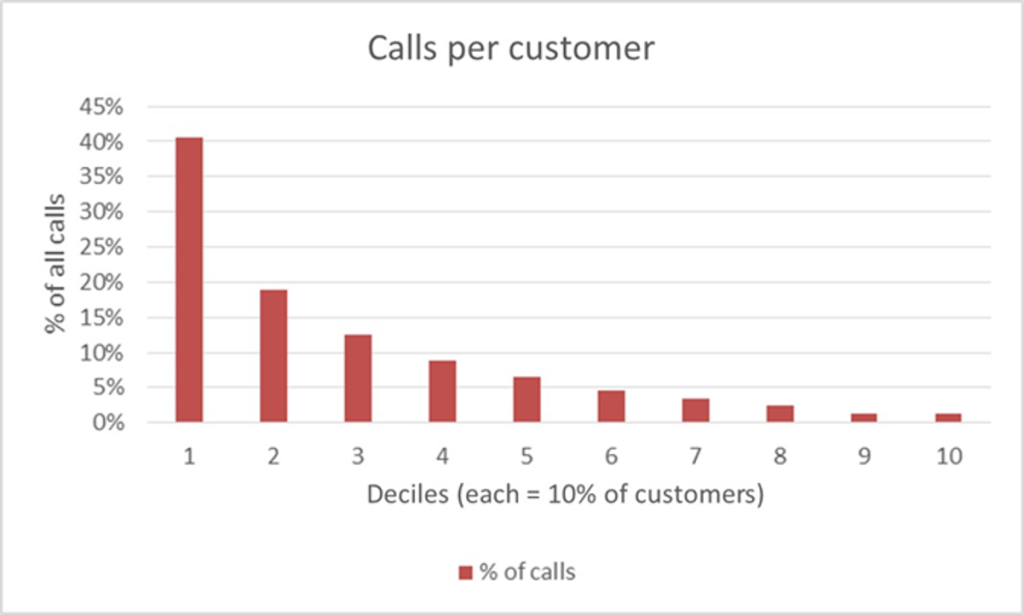Should digital exclusion change your digital transformation plans?
Social Housing organisations considering a move towards digital self-service may worry about digital exclusion. Few valid email addresses, low take up of digital services and an older customer profile can all set alarm bells ringing.
Some Clients estimate that 40% or more of their customers may not have internet access. They worry that unless they first address digital exclusion it would be wrong, and ineffective to press ahead with digital services.
Below are three approaches that helped Clients make informed decisions.
Connect with other Social Housing professionals responsible for customer experience on our LinkedIn group, Social Housing – CX Best Practice Exchange or find our more about our work in the Social Housing sector.
1. Which channel strategy will you adopt?

As you add digital services there are three different channel strategy approaches:
- A hard, digital only strategy; withdraw service via any other channel
- At the other extreme you can provide digital channels as an added service and leave customers free to choose the channel works best for them
- Or you can actively migrate as many customers as possible to digital channels whilst leaving other channels open to those who need them.
Digital exclusion becomes critical if you adopt a ‘Digital only’ channel strategy. Forcing digital only services on customers who don’t have the means or ability to access the internet risks alienating customers and negative publicity.
Although it has its challenges, in our experience an active migration strategy is the most effective. Done properly it generates high levels of uptake and savings. It is also sensitive to the needs of customers who are unable to effectively manage their affairs online.
2. Who are you developing digital services for?
Most housing associations think in terms of the number of calls and cost per call. Instead think of callers and cost per caller. Some powerful insights emerge.

Our analysis shows that for many housing associations a few customers account for the bulk of service demand. Move these high service users to digital channels and you will have a huge impact on service costs. The question is are these high services users like, do they have internet access?
This is analysis your organisation will need to do. We have found that the heaviest service users are predominantly:
- younger women
- most are heavy users of social media and
- that 80% plus have a mobile phone and email address.
The heaviest service users are typically digitally active. Most can be migrated to digital channels creating a disproportionate downward impact on cost.
3. Must you tackle digital exclusion for digital self-service to succeed?
There are many reasons, in addition to cost reduction, why you might want to improve the digital capabilities and footprint of your organisation. Greater customer choice, increased business agility, ensuring services are compliant, the reduction of repetitive low-value manual processes and so on.
However, if digital transformation is driven purely by financial considerations then, whilst the reduce uptake caused by digitally excluded customers take needs to be factored into your business case, the cost of solving digital exclusion does not.
Solving digital exclusion and providing a viable digital self-service for those who can access it are two distinct issues.
Most larger housing associations can create financially viable digital channels by targeting high service users who are already digitally enabled. They do not need to take on the additional challenge of digital enablement to make their digital strategy succeed.
There are many reasons to tackle digital exclusion (including Universal Credit) but the causes are not simple to resolve. Housing associations can help by initiatives like improving Wi-Fi infrastructure, signposting training and making workstations available in offices. Indeed the development of an intuitive, accessible self-service digital platform will also help.
However, whilst an active digital engagement strategy can slightly improve the uptake of a digital services we have never seen it make the difference between success and failure.

